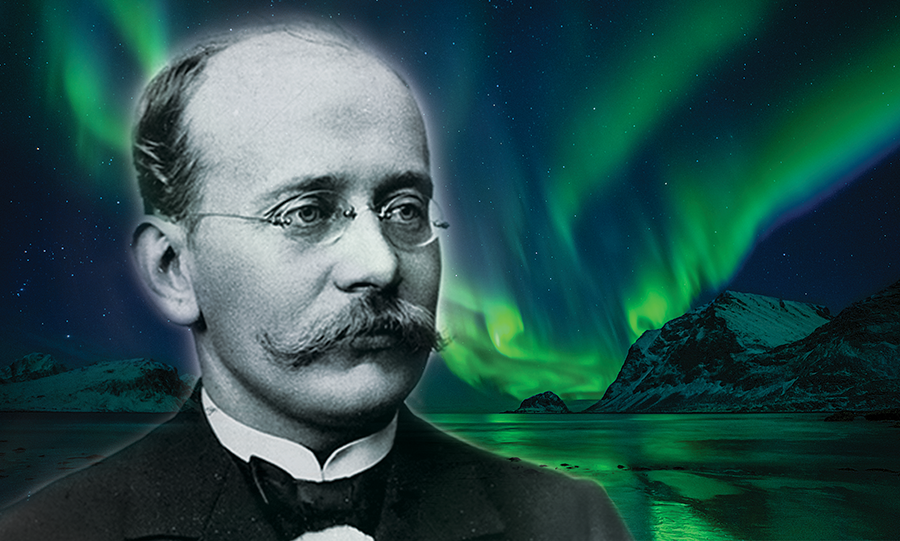Thanks to him, we understood the reason for Aurora Borealis: Who is Kristian Birkeland?
Towards the end of the 19th century, Birkeland also worked on nitrogen production, which was a problem, and realized the first commercially successful large-scale nitrogen production.

If you are a fan of the Northern Lights, aka Aurora Borealis, like us, this story will make you very sad. It's a tragedy. Have you heard of Kristian Birkeland? Haven't you heard? That's the tragedy. This distinguished Norwegian scientist discovered how the Northern Lights were formed, understood the solar winds, and was going to officially revolutionize this field that his ideas were not respected by the fixed-minded mainstream scientists, and the man could not stand it and killed himself! (Although there are doubts about his death, many think it was suicide.)
(1867-1917) Norwegian physicist. Together with Eyde, he developed the method of oxidation of nitrogen in the air. Kristian Olaf Bernhard Birkeland was born on 13 December 1867 in Christiania (later Oslo). He studied physics in Paris and Geneva, and also followed Hertz's physics lectures in Bonn for a while.
In 1898, Birkeland, a professor of physics at the University of Christiania, developed a theory of Earth magnetism and aurora. He also developed, together with Samuel Eyde, a method of oxidizing nitrogen in the air for nitric acid synthesis for use in the fertilizer industry. Birkeland died on June 15, 1917, while traveling in Tokyo.
With the important contributions of the German mathematician Gauss, when it was understood that the Earth's magnetic field was not only caused by Earth's magnetism but partly due to electromagnetic effects in the upper atmosphere, Scottish physicist Balfour Stewart (1828-1887) proposed that the daily changes in the Earth's magnetic field were caused by electric currents in the upper atmosphere. it took. Birkeland described these electric currents as the ionosphere and revealed that when electrically charged particles hit the upper atmosphere over the poles, aurora and magnetic storms are caused. The study of the ionosphere and its layers were later carried out by the British physicist Appleton.
Birkeland also worked on nitrogen production, which was a problem in the late 19th century. Together with Eyde, he realized the first commercially successful large-scale nitrogen production. Towards the end of the 19th century, when natural fertilizer sources containing nitrogen began to deplete, studies on the use of nitrogen in the fertilizer industry by decomposing the high level of nitrogen in the air gained momentum. The fact that nitrogen was a necessary, strategic element for explosives was also an important factor in its tone. In 1784, Cavendish combined nitrogen and oxygen in the air with an electric spark to produce nitrous oxide. Despite this success, no nitrogenous compounds obtained under laboratory conditions could be produced on an industrial level. It took more than a century to develop the method. Birkeland and Eyde's first commercial success in this regard. Oxidation of nitrogen in the air can be accomplished by the endothermic reaction of oxygen with nitrogen. Electric current is passed through it. The resulting nitrogen oxide is used to produce nitric acid, which is necessary for fertilizer production. This method has been successfully applied in Norway, where there are cheap electricity sources. However, it was soon replaced by the Haber-Bosch method, which envisages the production of ammonia instead of oxidized nitrogen from the air.
